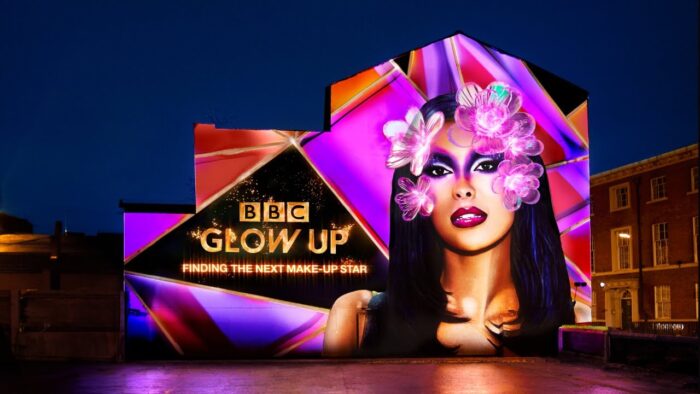
Outdoor marketing, also known as out-of-home (OOH) advertising, is a vibrant and continually evolving industry. It uses public spaces to deliver marketing messages intended to captivate and engage audiences. Throughout history, outdoor advertising has been a dominant force, from the large billboards lining highways to the digital screens in city squares.
Today, technological advancements and strategies, shifts in consumer behavior, and the trend toward personalized experiences are reshaping the outdoor advertising landscape. Knowing about the trends will allow you to make use of them all and introduce them into your operation. Here is an overview of the most commonly used tactics right now. DisplayHype blog is a great place to learn about modern outdoor marketing trends that make a difference.
The Rise of Digital OOH Advertising

Over the years, outdoor marketing has embraced digital transformation, giving rise to Digital Out-of-Home (DOOH) advertising. DOOH platforms offer flexible, dynamic, and targeted marketing messages across digital billboards, transit media, and place-based networks. Unlike traditional static billboards, digital signage can display multiple advertisements in a short span, providing more exposure and flexibility for brands. In addition to this, real-time data and analytics have empowered marketers to make informed decisions, optimize their strategies, and achieve a better return on investment.
Hyper-local Targeting and Geofencing
The integration of location-based technologies like GPS and geofencing in outdoor marketing has revolutionized the way brands connect with their audience. Geofencing allows advertisers to establish virtual boundaries around specific areas and trigger ads when a potential customer enters the region. This hyper-local targeting enables brands to deliver highly personalized and timely messages, increasing the relevancy and effectiveness of ad campaigns. If you visit Nogentech, you can find more interesting details and information.
Interactive OOH Experiences

Another trend gaining momentum in the outdoor marketing industry is the rise of interactive advertising. This innovative approach seeks to engage audiences by involving them directly in the advertising experience. Brands are leveraging Augmented Reality (AR), Virtual Reality (VR), and interactive digital screens to create memorable, immersive experiences. This not only increases engagement but also strengthens the emotional connection between the brand and the consumer, making the advertising message more impactful.
Sustainability in Outdoor Marketing
As society becomes increasingly conscious of environmental issues, the demand for sustainable marketing practices is growing. Marketers are exploring eco-friendly materials for billboards, using solar-powered digital signage, and implementing recycling programs for old ad materials. These initiatives reflect a brand’s commitment to environmental responsibility, enhancing its reputation among environmentally conscious consumers. It takes a collective, planetary effort, and individual industries realizing what they can be doing toward this goal. Outdoor marketing is, safe to say, doing all they can on their part.
Final Thoughts: Taking Full Advantage

The future of outdoor advertising is promising, with trends pointing towards a more connected, interactive, and sustainable industry. The integration of technology is not only making outdoor marketing more efficient and targeted but also creating avenues for unique, engaging experiences. As we move forward, the evolution of outdoor marketing will continue to reflect changes in consumer behaviors and societal values. Embracing these trends will be key for marketers aiming to stay ahead in this dynamic, exciting landscape of advertising.








